Feb 07, 2025
Author:Amanda Lyu
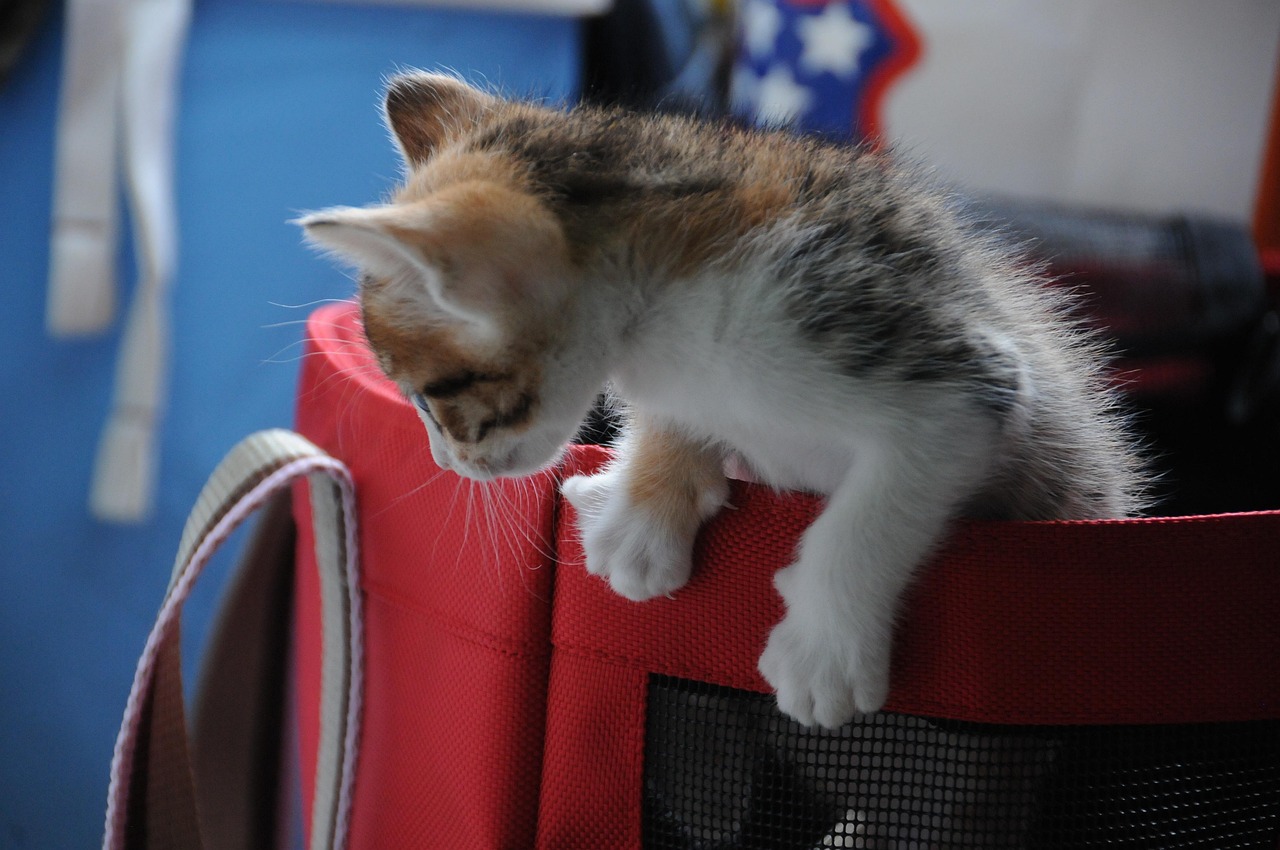
As a new kitten owner, understanding the dietary needs of your furry friend is crucial for their growth and development. Here's a comprehensive guide to ensure your kitten gets the right nutrition.
Kittens have unique nutritional needs that differ from adult cats. Initially, newborn kittens rely on their mother’s milk for sustenance. If the mother is unavailable, kitten milk replacer should be used. As they grow, their diet transitions to solid food. Around 3-4 weeks of age, you can start introducing wet kitten food or moistened dry kibble. Ensure the food is specifically formulated for kittens, as it contains the necessary nutrients to support their growth.
Generally, kittens should be fed small, frequent meals throughout the day. A good rule of thumb is to feed them about three to four times a day. However, the exact amount can vary based on the kitten's age, weight, and activity level.
Feeding a kitten properly is crucial for their growth and development. Here are some general guidelines:
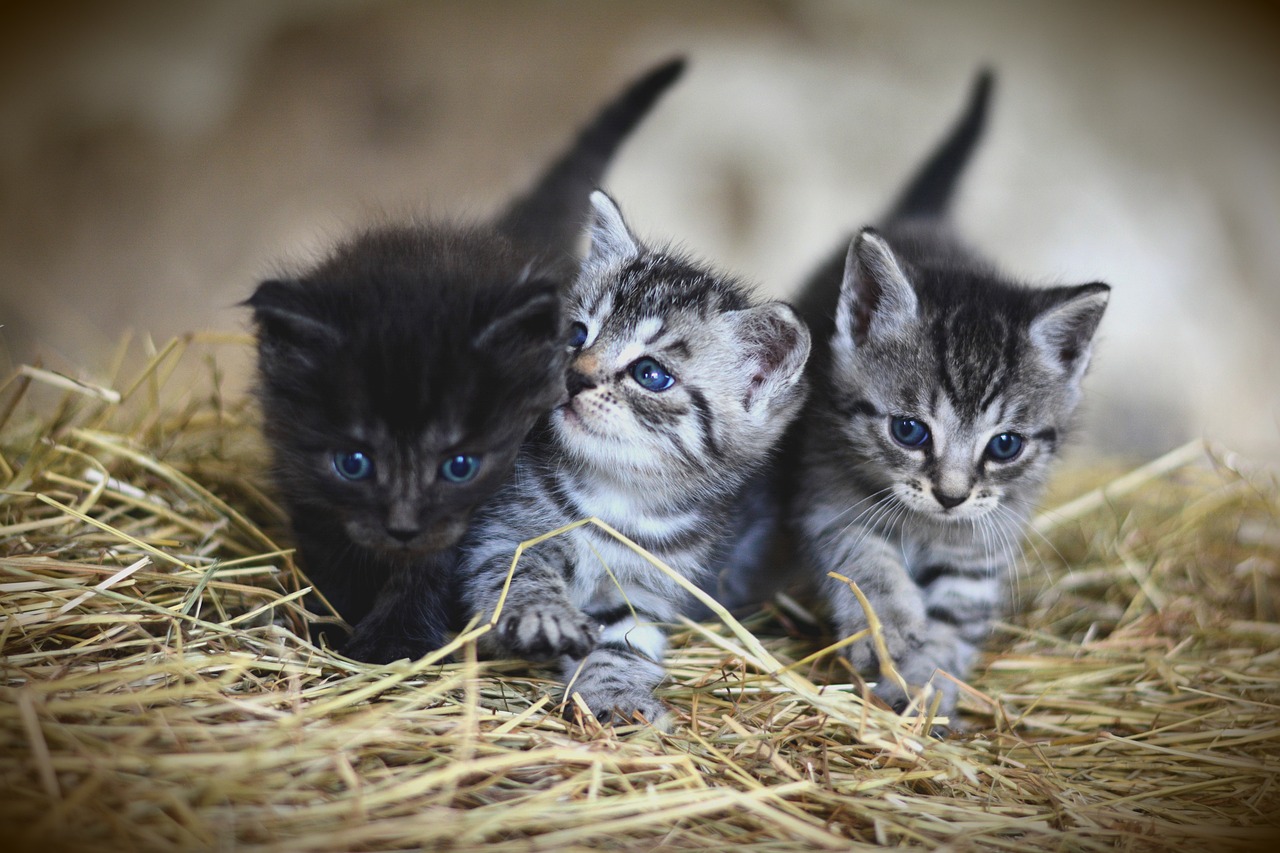
The amount of food a kitten needs depends on their age, weight, and growth rate. Generally, kittens require more frequent feeding than adult cats. Here’s a basic guideline:
Kitten Feeding Guide Chart
|
Age |
Feeding advice |
|
0-4 Weeks |
Exclusively on mother’s milk or kitten milk replacer. |
|
4-8 Weeks |
Introduce solid food while continuing milk. Feed small amounts 4-5 times a day. |
|
8-16 Weeks |
Feed 3-4 times a day with a mix of wet and dry kitten food. |
|
4-6 Months |
Feed 3 times a day. |
|
6-8 Months |
Feed 2 times a day. |
It’s crucial to follow the feeding recommendations on the kitten food packaging and adjust based on your kitten’s specific needs.
Creating a consistent feeding schedule helps establish a routine for your kitten. Here’s an ideal feeding schedule:
Start the day with a nutritious breakfast to provide your kitten with the energy they need.
A midday meal keeps your kitten's energy levels stable throughout the day.
The evening meal should be substantial enough to keep your kitten satisfied through the night.
It's always best to consult with a veterinarian to determine the most appropriate feeding schedule and portion sizes for your individual kitten. They can provide guidance on the best kitten food brands and the right balance of nutrients needed for optimal health. Remember, overfeeding can lead to obesity and other health issues, while underfeeding can result in malnutrition and stunted growth. Therefore, it's crucial to find the right balance to ensure your kitten grows into a healthy, strong adult cat.
Kittens can transition to adult cat food around their first birthday. Adult cat food is formulated to meet the nutritional needs of grown cats, which differ from those of kittens. Transitioning should be done gradually over 7-10 days to avoid digestive issues. Mix increasing amounts of adult food with decreasing amounts of kitten food until the transition is complete.
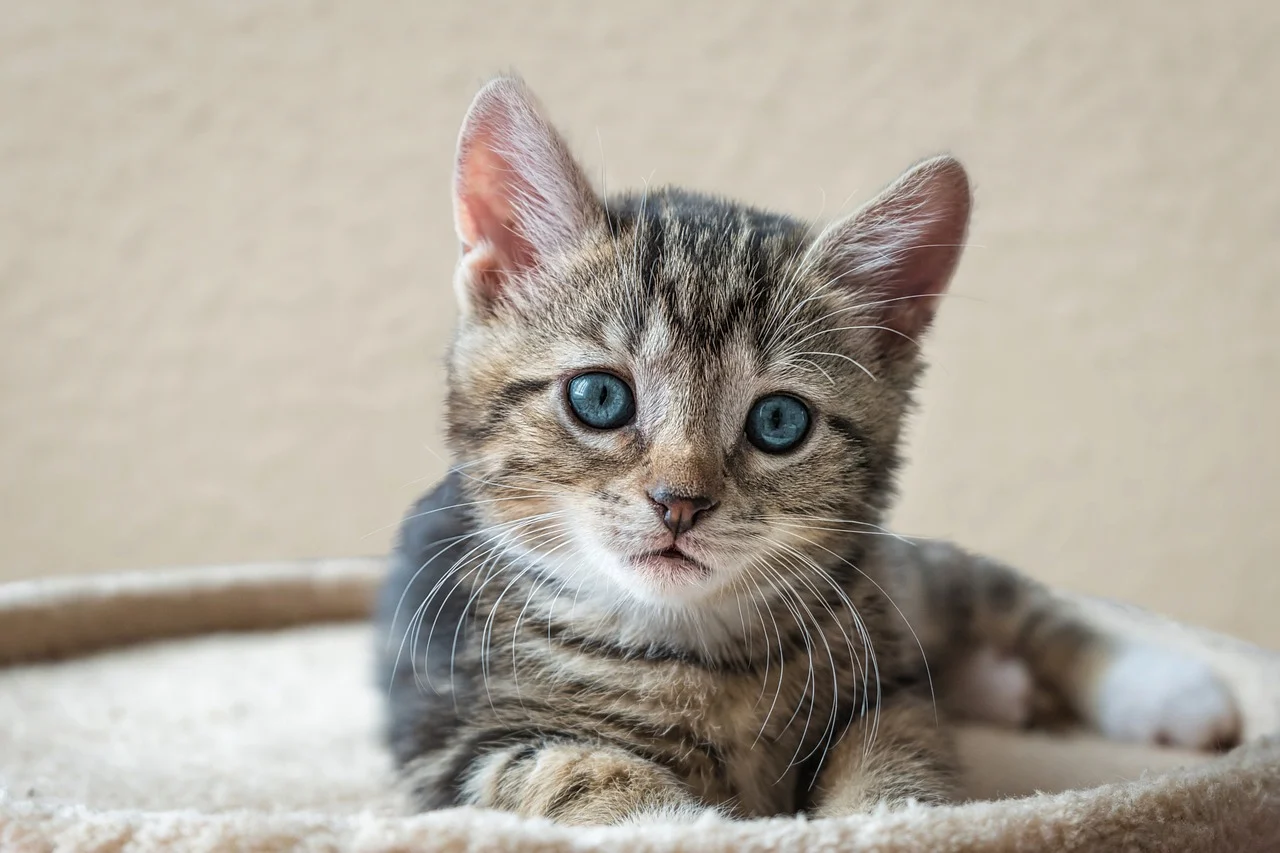
Stick to a regular feeding schedule and ensure fresh water is always available.
Some kittens may be picky about the flavor or texture of their food. If your kitten resists the new adult food, try different flavors or brands until you find one they like.
Every kitten is unique, and some may take longer to adjust to new food. Be patient and give your kitten time to adapt.
It's always advisable to seek guidance from your veterinarian before making any major changes to your kitten's diet. Your vet can provide personalized recommendations based on your kitten's specific needs, health, and development.
Consider using an automatic feeder for convenience and consistency. Automatic feeders ensure your kitten gets fed at the right times, even if you’re not home. They can dispense measured portions, helping prevent overfeeding and ensuring your kitten maintains a healthy weight.
As a pet owner, keeping up with your cat's feeding schedule can be challenging, especially with a busy work life or frequent travel. The WOpet Automatic Feeder ensures your cat is well-fed even when you're not around.
Benefits of Pet Feeders
|
Benefit |
Description |
|
Consistent Feeding Schedule |
Ensures meals are on time, maintaining a healthy routine. |
|
Reduces Overfeeding |
Controls portion sizes, preventing obesity and health issues. |
|
Convenience |
It is ideal for busy owners, eliminating the need for pet sitters. |
|
Peace of Mind |
Know your pet is well-fed even when you're not around. |
The Wopet Automatic Pet Feeder is an excellent investment for any cat owner. It offers convenience, peace of mind, and a healthy feeding routine for your cat.
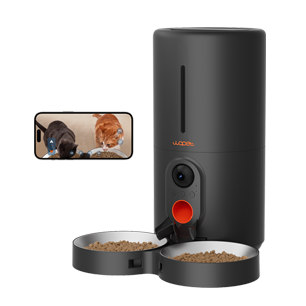
WOpet Heritage View Automatic Pet Feeder with Camera
By following these guidelines, you’ll be well-equipped to provide your kitten with the nutrition they need to thrive. Remember to consult with your veterinarian for personalized advice and adjustments based on your kitten’s specific requirements.
A: Both wet and dry food options can be suitable for kittens. Wet food provides additional hydration, while dry food helps promote dental health. Many pet owners choose to feed a combination of both to benefit from the advantages each type offers.
A: Feeding kittens human food is generally not recommended, as their nutritional needs differ from ours. It's best to stick to high-quality, kitten-specific food to ensure your furry friend gets all the essential nutrients they need.
A: An automatic feeder is ideal for pet owners with busy lifestyles or frequent travel. It ensures your cat receives their meals on time, maintains a healthy feeding routine, and eliminates the need for pet sitters.The WOpet Automatic Feeder's features and benefits make it a valuable investment for any cat owner.
A: The feeder helps maintain a consistent feeding schedule, controls portion sizes to prevent overfeeding and obesity, and offers convenience for busy pet owners. It also provides peace of mind, knowing that your cat is well-fed even when you're not home.
Label:
Popular Post
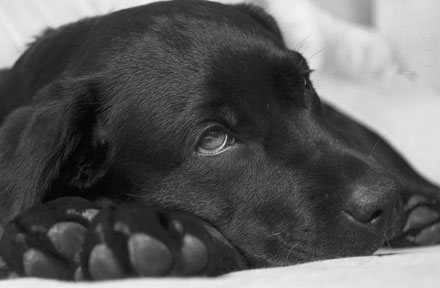
What to Feed a Sick Dog With No Appetite? [2025 Guide]
May 16, 2023
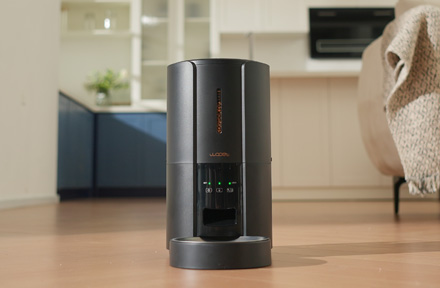
Troubleshooting Common Issues with Automatic Pet Feeders: Tips & Tricks for Pet Owners
Oct 26, 2023
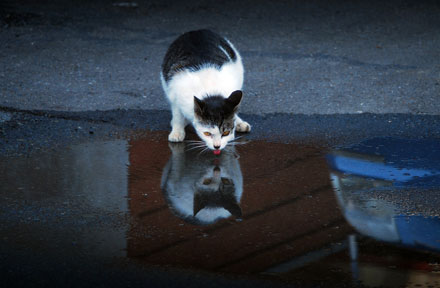
Why Does My Cat Cough After Drinking Water? 8 Potential Reasons
Mar 13, 2023
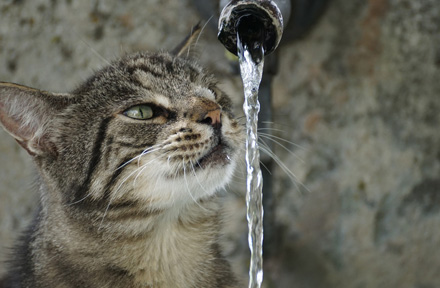
Why is My Cat Throwing up Water? Top 5 Causes Here
Feb 08, 2023
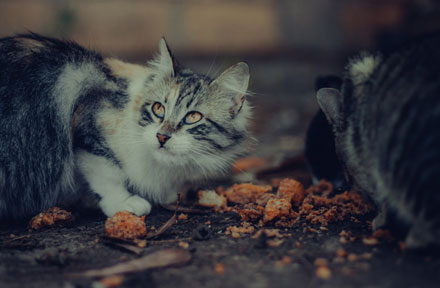
My Cat Only Eats A Little at A Time - What to Do?
Feb 27, 2023
$99.99
$129.99
Copyright © 2025 WOPET. All Rights Reserved.